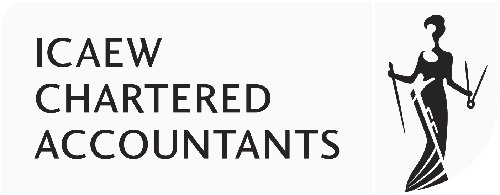UK and International Tax news
OECD Consults On Draft Rules For Pillar One
Tuesday 8th February 2022
As part of the ongoing work of the OECD/G20 Inclusive Framework on BEPS to implement the Two-Pillar Solution to Address the Tax Challenges Arising from the Digitalisation of the Economy, the OECD is seeking public comments on the Draft Rules for Nexus and Revenue Sourcing under Pillar One Amount A.
The purpose of the revenue sourcing rules is to allow in-scope MNEs to identify the relevant market jurisdictions from which revenue is derived, and to apply the revenue-based allocation key. Revenue is sourced to the end market jurisdictions where goods or services are used or consumed.
The rules provide the detail that is necessary to identify the end market for specific categories of transactions. Different rules are provided for different categories of transactions, and seek to take the relevant commercial context into account and to ensure they are complete and can be applied to all types of MNEs.
Not all categories will be relevant for each type of MNE. Some consumer goods MNEs will only need to apply the rules related to finished goods and will not need to apply any of the other categories of sourcing rules. Others might apply the rules for online advertising for much of their revenue.
The revenue sourcing rules have been designed to fulfil the policy objective of accurately identifying the market jurisdiction and the associated revenue, while limiting and simplifying compliance burdens as much as possible.
The rules used to identify the market jurisdiction, as defined for that category, are designed to allow MNEs to draw on information they are already collecting and using as they operate their business, and avoid the need to change information collection practices or create new reporting obligations. While the rules provide a consistent identification of the end market, they have built in flexibility as to how the MNE applies that rule, without being prescriptive as to which data point must be used. This recognises that different business models will have different types of information at hand.
There may be cases where transactional information is not available to the MNE or where it would be disproportionately burdensome to obtain it. In these cases, the rules allow for the use of proxies including allocation keys, rather than require highly complex and new information reporting systems, or changes in commercial contracting arrangements.
The allocation keys use either industry or macro-economic data to provide a simplified way to approximate the end market, that provides certainty while ensuring that all revenue is sourced without gaps. This should significantly ease compliance burdens in the most difficult revenue sourcing cases, such as sales through independent distributors, sales of components, and B2B services.
It is intended that compliance burdens will be addressed in a number of other ways including the application of a materiality approach to smaller sets of sales where the market cannot reasonably be identified at transactional level. These may apply to sales through independent distributors, taking into account the nature of distribution arrangements in the EU single market, maximising the commercial information available to the MNE that can “knock-out” unlikely markets to result in a more tailored allocation key. There will also be an allowance in respect of certain “supplementary” de minimis transactions which may be sourced in the same way as the main transaction to limit the different types of rules that need to be applied.
A coherent design in the sourcing rules will identify the same end market in cases where there is a potential for an overlap in the categorisation of certain revenue streams, which should ease the pressure on characterisation questions. It should also permit a systems level compliance approach with an early certainty process, as part of a multilateral and binding dispute prevention and resolution regime.
Implementing Amount A of Pillar One will require the development of:
- A Multilateral Convention,
- An Explanatory Statement to the MLC,
- Model Rules for domestic legislation implementing Amount A, and
- Commentary to the Model Rules.
Interested parties are invited to send their written comments by 18 February 2022.
If you would like further information on the above, please contact Keith Rushen on 0207 486 2378.
Contact Us


